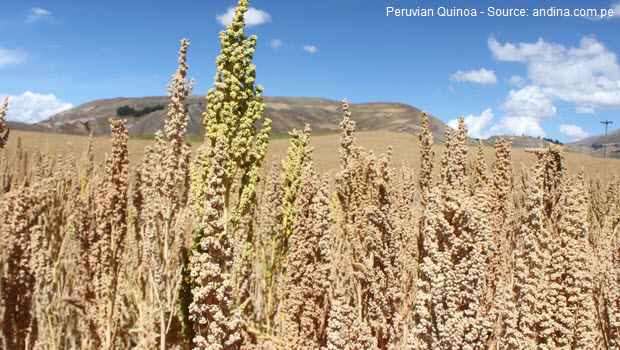
Hurray for Quinoa — You Can Drink It, Eat It, Take It for Medicine
By Harman W. Nichols
The Milwaukee Journal – June 1, 1949
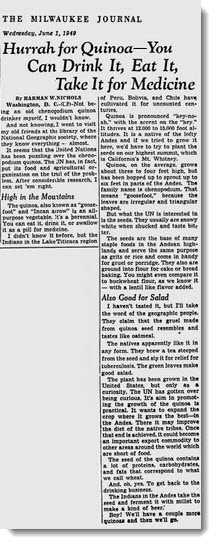
And not knowing, I went to visit my old friends at the library of the National Geographic Society, where they know everything — almost.
It seems the United Nations has been puzzling over the chenopodium quinoa. The UN has, in fact, put its food and agricultural organization on the trail of the problem. After considerable research, I can set ’em right.
High in the Mountains
I didn’t know it before, but the Indians in the Lake Titicaca region of Peru, Bolivia and Chile have cultivated it for uncounted centuries.
Quinoa is pronounced “key-no-ah,” with the accent on the “key.” It thrives at 12,000 to 15,000 foot altitudes. It is a native of the lofty Andes and if we tried to grow it here, we’d have to try to plant the seeds on our highest summit, which is California’s Mt. Whitney.
Quinoa, on the average, grows about three to four fee high, but has been hopped up to sprout up to six feet in parts of the Andes. The family name is chenopodium. That means “goosefoot,” because the leaves are irregular and triangular shaped.
But what the UN is interested in is the seeds. They usually are snowy white when shucked and taste bitter.
The seeds are the base of many staple foods in the Andean highlands and serve the same purpose as grits or rice and come in handy for gruel or porridge. They also are ground into flour for cake or bread baking. You might even compare it to buckwheat flour, as we know it — with a lentil like flavor added.
Also Good for Salad
I haven’t tasted it, but I’ll take the word of the Geographic people. They claim that the gruel made from quinoa seed resembles and tastes like oatmeal.
The natives apparently like it in any form. They brew a tea steeped from the seed and sip it for relief for tuberculosis. The green leaves make good salad.
The plant has been grown in the United States, but only as a curiosity. The UN has gotten over being curious. It’s aim in promoting the growth of the quinoa is practical. It wants to expand the crop where it grows the best — in the Andes. There it may improve the diet of the native tribes. Once that end is achieved, it could become an important export commodity to other areas around the world which are short on food.
The seed of the quinoa contains a lot of proteins, carbohydrates, and fats that correspond to what we call wheat.
And, oh, yes. To get back to the drinking business.
The Indians in the Andes take the seed and ferment it with millet to make a kind of beer.
Boy! We’ll have a couple more quinoas and then we’ll go.
Lima, Feb. 20, 2013 (ANDINA). Peru exported quinua to 36 countries for a total of US$30.7 million in 2012, an increase of 20.3 percent from a year earlier, the Peruvian Exporters’ Association (Adex) said Monday.
The top export destination was the United States with its US$20.3 million purchases (up 11% from 2011) accounting for 66.1 percent of the total.
It was followed by Canada with a 5.1 share of total exports, Australia (4.9 percent), Germany (4.9 percent), Israel (3.1 percent) and Italy (2.3 percent).
Meanwhile, exports to the UK showed the highest growth at 862 percent, followed by Israel (135.7 percent) and France (321.6 percent).
The main quinoa exporters are Exportadora Agricola Organica, Grupo Organico Nacional, Sun Packers, Alisur, Interamsa Agroindustrial, Aplex Trading and Vinculos Agricolas, among others.
If you like this post, please remember to share on Facebook, Twitter or Google+
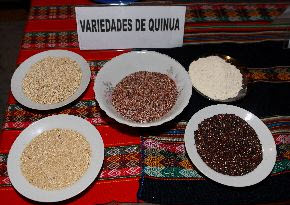
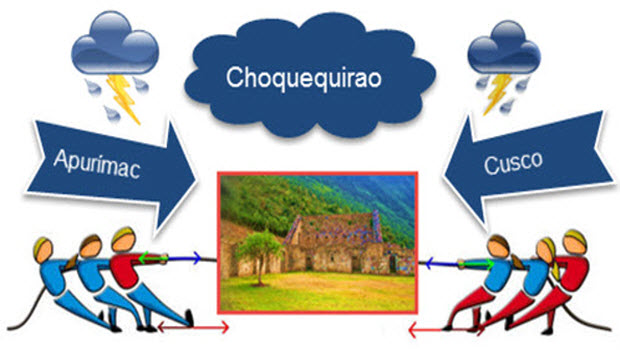 Cusco wants in on Choquequirao Cable Car action
Cusco wants in on Choquequirao Cable Car action 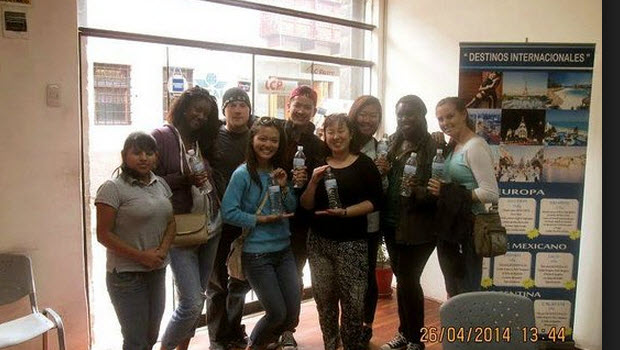 Visit us in our new office in Cusco!
Visit us in our new office in Cusco!  Meet the world’s oldest radio show host in Lima, Peru – Guinness World Records
Meet the world’s oldest radio show host in Lima, Peru – Guinness World Records 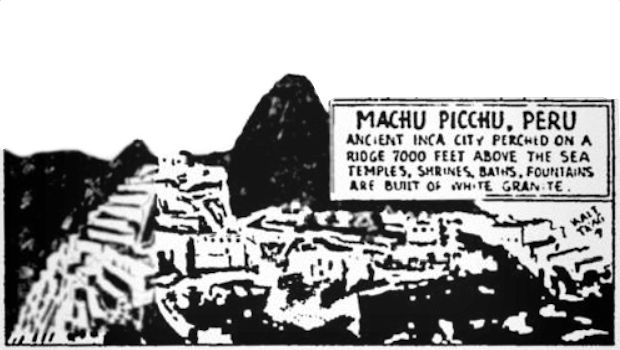 The early introduction of exotic Machu Picchu to travelers
The early introduction of exotic Machu Picchu to travelers 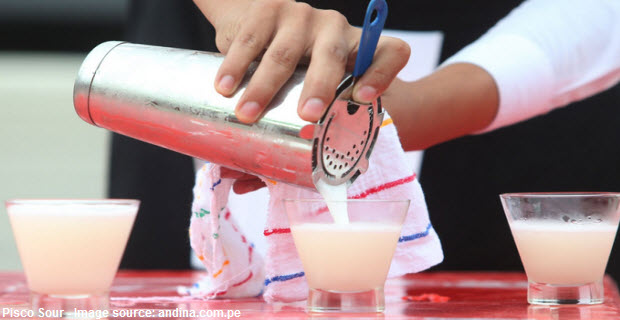 Congress curbs booze ban during Peruvian elections
Congress curbs booze ban during Peruvian elections 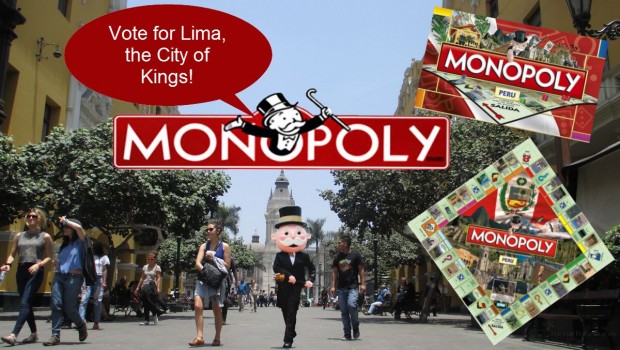 Mr. Monopoly Tours Lima in Search of Votes
Mr. Monopoly Tours Lima in Search of Votes  Meteorite blasts through atmosphere over Cusco, possibly sparking wildfires
Meteorite blasts through atmosphere over Cusco, possibly sparking wildfires  Pressure mounts to increase Machu Picchu visitor limit ahead of UNESCO expert’s visit
Pressure mounts to increase Machu Picchu visitor limit ahead of UNESCO expert’s visit